There are basically two types of Forex trading systems, mechanical and discretionary systems. The trading signals that come out of mechanical systems are mainly based off technical analysis applied in a systematic way. On the other hand, discretionary systems use experience, intuition or judgment on entries and exits. But which one produces better results? Or more importantly, which one fits better your trading style? These are the answers we will try to answer on this article.
We will first analyze the pros and cons about each system approach.
Mechanical systems
Advantages
This kind of system can be automated and backtested efficiently.
It has very rigid rules. Either, there is a trade or there isn’t.
Mechanical traders are less susceptible to emotions than discretionary traders.
Disadvantages
Most traders backtest Forex trading systems incorrectly. In order to produce accurate results you need tick data.
The Forex market is always changing. The Forex market (and all markets) has a random component. The market conditions may look similar, but they are never the same.
A system that worked successfully the past year doesn’t necessary mean it will work this year.
Discretionary systems
Advantages
Discretionary systems are easily adaptable to new market conditions.
Trading decisions are based on experience.
Traders learn to see which trading signals have higher probability of success.
Disadvantages
They cannot be backtested or automated, since there is always a thought decision to be made.
It takes time to develop the experience required to trade successfully and track trades in a discretionary way.
At early stages this can be dangerous.
Now, which approach is better for Forex traders? The one that fits better your personality. For instance, if you are a trader that finds it hard to follow your trading signals, then you are better off using a mechanical system, where your judgment won’t play an important role in your system. You only take the trades that your system signals.
If the psychological barriers that affect every trader (fear, greed, anger, etc.) puts you in unwanted scenarios, you are also better off trading mechanical systems, because you only need to follow what your system is telling you, go short, go long, close a trade. No other decision has to be made.
On the other hand, if you are a disciplined trader, then you are better off using a discretionary system, because discretionary systems adapt to the market conditions and you are able to change your trading conditions as the market changes. For instance, you have a target of 60 pips on a long trade. But the market suddenly starts trending up pretty strongly, then you could move your target to say 100 pips.
Does it mean that trading a discretionary system has no rules? This is absolutely incorrect. Trading discretionary systems means that once a trader finds his/her setup, the trader then decides what to do. But every trader still needs certain rules that need to be followed, such as the size of the position, conditions that have to be met before thinking to get in the market, and so on.
I am a discretionary trader. The main reason I chose a discretionary system is that my trades are based on price behavior, and as you already know, the price behaves similar to the past, but it is never identical, therefore the outcome of every trade is unknown. However, I do have rigid rules on my system, certain conditions have to be met before I even think in getting in a trade. This keeps me out of trouble, once my setup is present and in accordance with the rules I have set, then I closely watch the price behavior and finally decide whether it is a good opportunity or not.
Whether you choose to be a discretionary or a mechanical trader there are some important points you should take in consideration:
- You need to make sure the Forex trading system you are using totally fits your personality. Otherwise you will find yourself outguessing your system.
- You also need to have some rules and most importantly have the discipline to follow them.
- Take your time to build the perfect system for you. It’s not easy and requires time and hard work, but at the end, if done correctly, it will give you consistent profitable results.
- Before going live, try it on a demo account or even on a small account (I will go for the second option, since psychological barriers will be present).


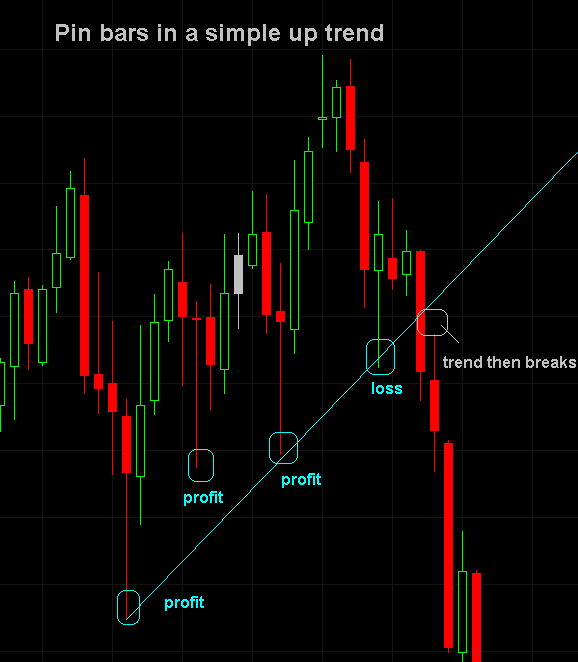
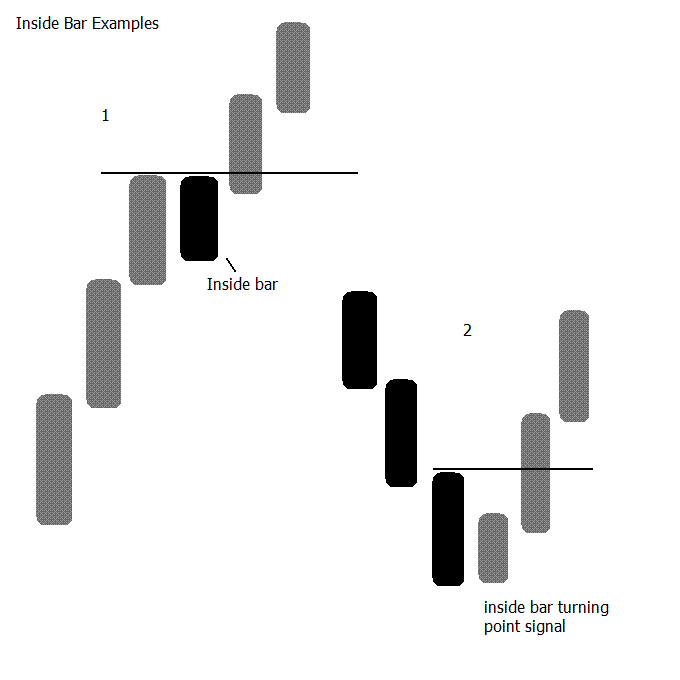
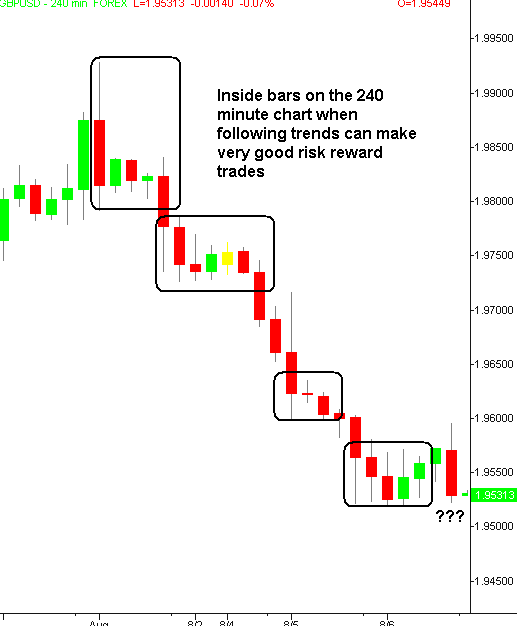
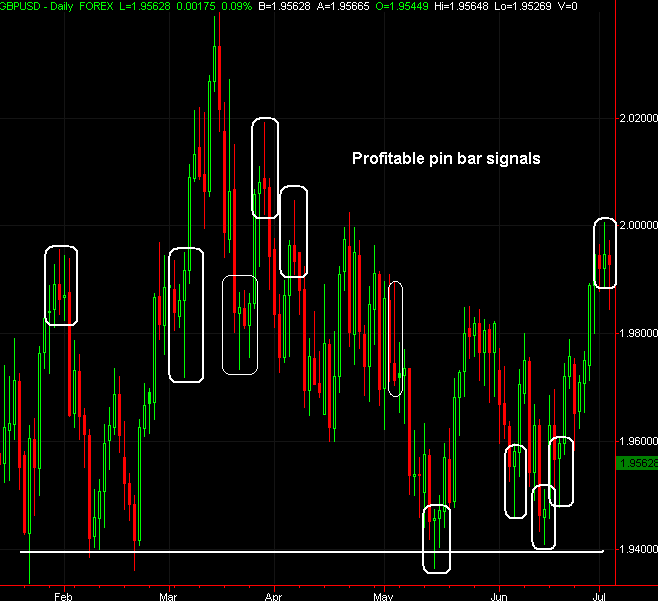
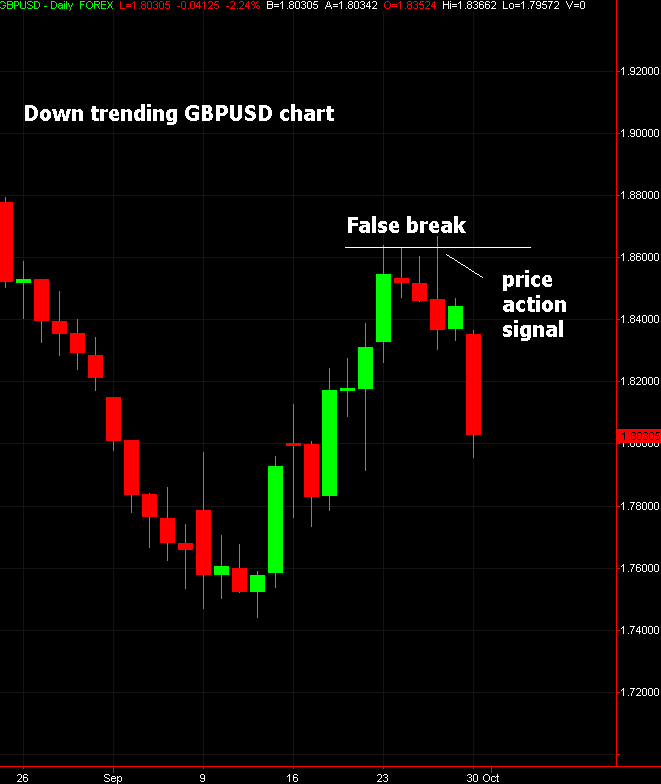
 American Dollar Converter
American Dollar Converter